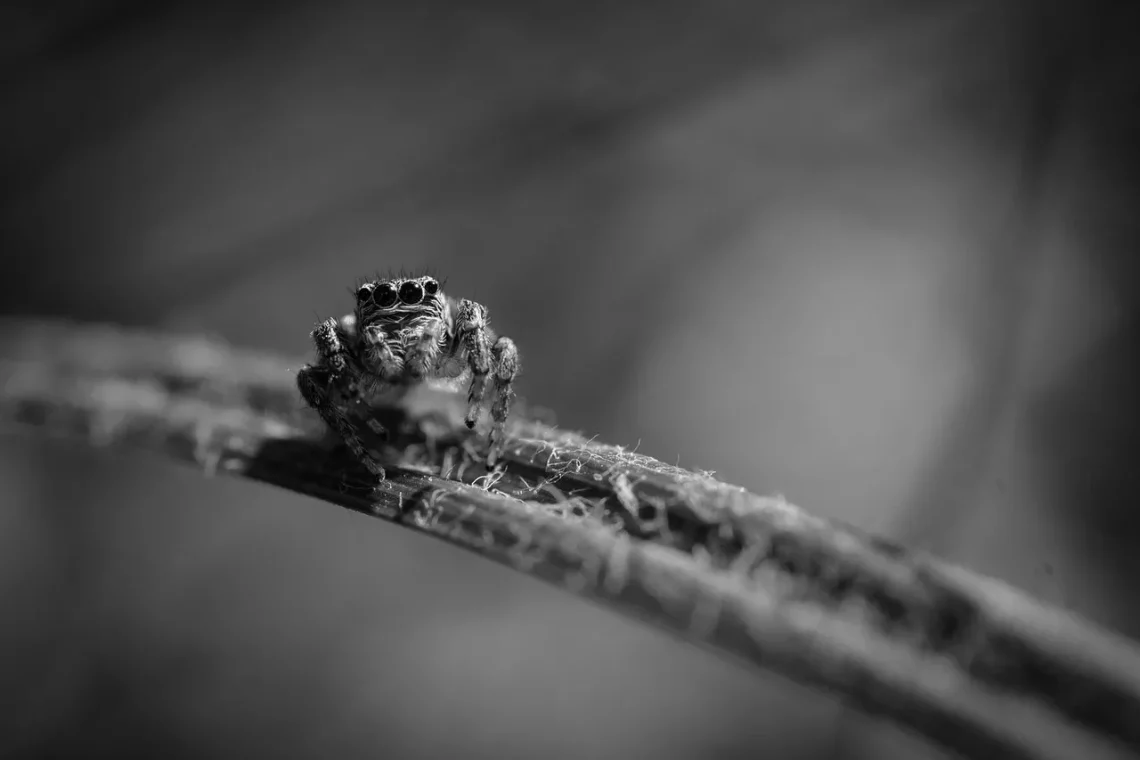
Understanding the PA Brown Recluse Spider: Facts and Safety Tips
Understanding the PA Brown Recluse Spider: Facts and Safety Tips
The brown recluse spider is one of the most notorious arachnids found in the United States, particularly in Pennsylvania. Often misunderstood, this spider has garnered a fearsome reputation due to its venomous bite and secretive nature. Despite its fearsome reputation, it’s essential to approach the brown recluse with a balanced view, understanding both its ecological role and the risks it may pose to humans.
These spiders typically inhabit dark, undisturbed areas, such as basements, attics, and storage rooms, making them less likely to come into contact with humans. However, their elusive behavior means that encounters can happen, often leading to panic and misinformation. The brown recluse spider is not aggressive and bites usually occur only when the spider is provoked or feels threatened. Understanding the characteristics of this spider and the best safety practices can help demystify the fears surrounding it and promote coexistence with this unique creature.
With a better grasp of the brown recluse spider’s habits, appearance, and potential health risks, individuals can equip themselves with the knowledge needed to minimize encounters and respond appropriately if bitten.
Identifying the Brown Recluse Spider
Identifying the brown recluse spider is crucial for understanding its behavior and potential dangers. This spider is relatively small, measuring about 1/4 to 1/2 inch in body length, with a leg span that can reach up to 1.5 inches. Its color can range from light tan to yellowish-brown, which helps it blend into its surroundings, making it challenging to spot.
One of the most distinctive features of the brown recluse is the violin-shaped marking on its back. This characteristic is not always visible, especially in younger specimens, but it’s a helpful identifier. Additionally, the brown recluse has six eyes arranged in pairs, unlike most spiders that have eight eyes. This unique feature can also aid in identification, although it often requires close inspection.
The brown recluse’s habitat preferences play a significant role in its identification. They prefer dark, undisturbed places such as closets, attics, and basements. Homeowners should regularly check these areas and take precautions to reduce clutter, as this can minimize the spaces where these spiders like to hide.
Understanding the behavior of the brown recluse is equally important. They are not aggressive and will only bite when threatened. Most bites occur when someone accidentally disturbs the spider while reaching for an item or putting on clothing or shoes where the spider may be hiding.
By recognizing these identifying features and behaviors, individuals can become more aware of their surroundings and take steps to avoid accidental encounters with the brown recluse spider.
Health Risks Associated with Brown Recluse Bites
While most bites from brown recluse spiders are harmless and may not require medical attention, there are instances where bites can lead to significant health issues. The venom of the brown recluse contains enzymes that can destroy skin cells and cause serious reactions in some individuals. The severity of a bite can vary widely, depending on several factors, including the location of the bite, the amount of venom injected, and the individual’s health.
Symptoms of a brown recluse bite can take several hours to appear. Initial signs may include redness, itching, and a burning sensation around the bite site. As the reaction progresses, a blister may form, and the area can develop into a necrotic ulcer, which may require medical intervention.
In rare cases, systemic reactions can occur, leading to more severe symptoms such as fever, chills, or even organ failure, particularly in children and the elderly. If someone experiences severe symptoms following a suspected brown recluse bite, it is crucial to seek immediate medical attention.
Prevention is the best strategy when it comes to brown recluse bites. Individuals can take proactive measures to avoid encounters, such as sealing cracks and crevices in their homes, reducing clutter, and using caution when handling items that have been stored away for long periods. Regular cleaning and inspections of basements, attics, and closets can also help minimize the likelihood of an encounter.
If bitten, clean the area with soap and water and apply a cool compress to reduce swelling. Over-the-counter pain relievers can help alleviate discomfort, but monitoring the bite for worsening symptoms is essential. If there is any concern about the severity of the bite or if symptoms worsen, contacting a healthcare professional is vital.
**Disclaimer: This article is not a substitute for professional medical advice. If you experience health issues or suspect a serious bite, please consult a healthcare provider for guidance.**
Safety Tips to Avoid Brown Recluse Spiders
Taking preventive measures can significantly reduce the likelihood of encountering a brown recluse spider. One of the most effective strategies is to maintain a clean and organized living space. Regularly decluttering areas such as basements, attics, garages, and storage rooms can eliminate potential hiding spots for these spiders.
When storing items, consider using plastic containers with tight-fitting lids instead of cardboard boxes, as spiders are more likely to nest in cardboard. Additionally, regularly vacuuming these areas can help remove spiders and their webs, further reducing the chance of an encounter.
Another critical safety tip is to be cautious when reaching into dark or hidden areas. Before putting on clothing, shoes, or gloves that have been stored away, it’s wise to shake them out or inspect them thoroughly. This simple act can prevent accidental bites when the spider is startled.
Outdoor precautions are also essential. Keep yards tidy by trimming vegetation and removing debris, as brown recluse spiders are often found in piles of leaves, wood, or other organic materials. If you live in an area known for brown recluse sightings, consider using outdoor lighting to deter them, as they are attracted to dark, secluded spots.
If you suspect a brown recluse infestation in your home, consider contacting a pest control professional. They can assess the situation and implement measures to safely eliminate the spiders while ensuring the safety of your living environment.
By following these safety tips, individuals can reduce the likelihood of encounters with brown recluse spiders and promote a safer, more comfortable living space.
The Ecological Role of Brown Recluse Spiders
While the brown recluse spider is often viewed through the lens of fear and danger, it plays a critical role in the ecosystem. Like many arachnids, brown recluses are natural predators, helping to control populations of insects and other small pests. This ecological balance is essential for maintaining a healthy environment, as many of the insects they prey upon can be considered nuisances or even pests themselves.
By keeping insect populations in check, brown recluse spiders contribute to the overall health of their habitats. They help to maintain the food web, providing a food source for larger animals such as birds and small mammals. Furthermore, by reducing the number of harmful pests, brown recluses can indirectly benefit agricultural practices and contribute to pest management strategies.
It is essential to appreciate these spiders’ ecological contributions while also taking appropriate precautions to minimize human encounters. Understanding the balance between nature and urban living can foster a greater respect for these creatures and promote coexistence.
In summary, brown recluse spiders, while potentially dangerous, serve a valuable role in the ecosystem. By recognizing their importance and taking steps to prevent encounters, individuals can live harmoniously alongside these fascinating arachnids.
By increasing awareness and understanding of the brown recluse spider, we can reduce fear and promote safety. Knowledge is a powerful tool that enables us to coexist with nature’s creatures while protecting ourselves and our homes.




